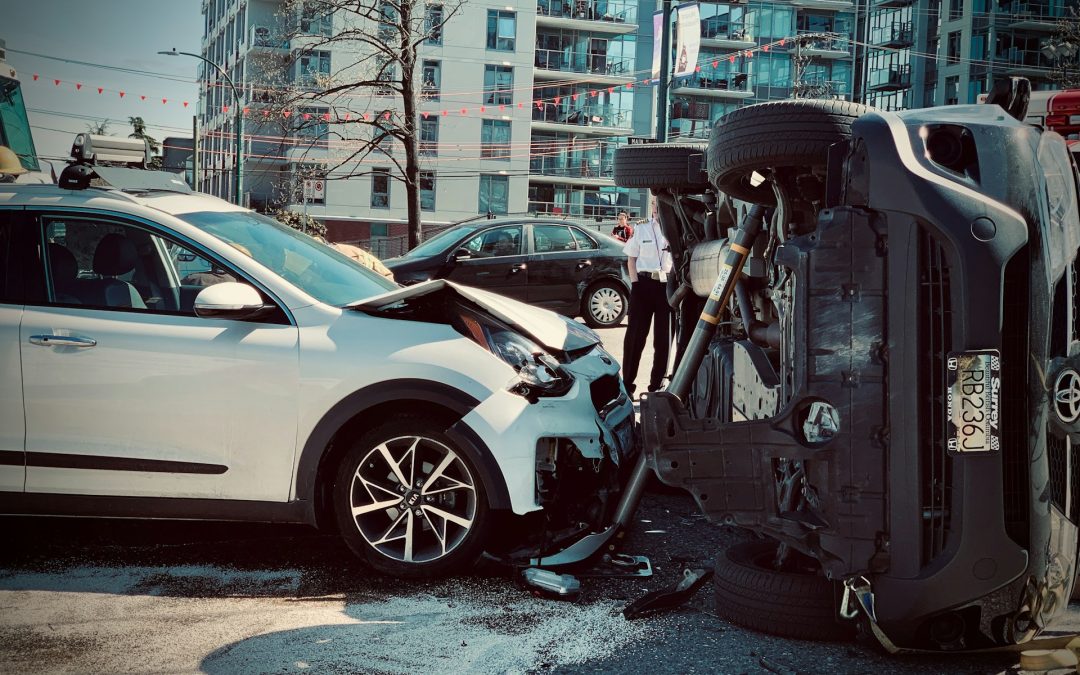Head-on collisions are some of the most dangerous types of accidents on the road. These incidents can happen in the blink of an eye, turning an ordinary day into a challenging ordeal. For those who find themselves in such a situation, it can be overwhelming to figure out what to do next. The road to recovery and resolution starts with knowing the right steps to take immediately after a head-on collision. Understanding these steps can help protect your health, your rights, and ensure you’re prepared for the aftermath.
When you think about head-on collisions, it’s important to realize the potential severity of these accidents. Whether you’re driving through the busy streets of Las Vegas or out on a quiet road, the impact can be immense, affecting both vehicles and the people inside. In the unfortunate event that you’re involved in a head-on collision, you’ll need a practical roadmap to guide you through the immediate aftermath. This guide will walk you through the vital steps to take, ensuring you’re well-equipped to handle the situation safely and efficiently.
Check for Injuries and Call for Help
The very first thing to do after a head-on collision is to check for injuries. Start by assessing yourself and any passengers in your vehicle. Even if you feel fine initially, remember that adrenaline can mask pain, and some injuries might not be immediately apparent. Take a deep breath and try to stay as calm as possible while being thorough in your assessment.
Next, call 911 right away. This is non-negotiable. Whether injuries are visible or not, it’s critical to have emergency services on the scene. When you speak to the dispatcher, provide clear information about your location, the nature of the accident, and any immediate medical assistance required. Keep things simple and direct to ensure help arrives promptly.
Here’s a quick checklist to guide your immediate actions:
– Assess everyone in the vehicle for signs of injury.
– Dial 911 and report the accident, providing location details.
– If possible, record any unusual symptoms or feelings you experience.
– Support any injured individuals until emergency services arrive.
While it’s natural to feel shaken, taking these initial steps helps set the groundwork for a safer and more organized response to the accident. Remember, your health and safety are a priority. Getting assistance on-site swiftly can make a significant difference in managing the crisis effectively.
Move to a Safe Location
After ensuring everyone’s safety, the next step is to move to a secure spot, if possible. If your vehicle is still operable and it’s safe to do so, gently move it out of traffic to avoid causing additional accidents. This reduces the risk of further collisions with passing cars. If your car can’t be moved or if it’s unsafe to try, it’s best to leave it and get yourself and any passengers to a safer location, like the sidewalk or shoulder of the road.
It’s important to signal your situation to other drivers. Turn on your hazard lights as a warning sign. If you happen to have flares or traffic cones, use them to alert oncoming traffic about the crash site. Safety is key, so be cautious as you relocate.
Document the Accident Scene
Once you’re in a safe location, take a few minutes to document what you can. Begin by snapping pictures of the accident scene. Capture details like vehicle damage, debris on the road, and even the overall road conditions. Photos can serve as valuable evidence should you need them later. Remember to take clear images from multiple angles to cover all aspects of the scene.
You’ll also want to gather contact information from anyone who witnessed the accident. Eyewitnesses can provide unbiased accounts of how the accident occurred, which can be crucial for insurance claims or legal proceedings. Just a quick chat to gather names and numbers will suffice.
Exchange Information
Once things settle a bit, you should exchange information with the other driver involved in the collision. Share your insurance details and obtain theirs, focusing on names, policy numbers, and contact information. Be courteous but try to limit discussions about the accident’s cause. Avoid admitting fault or making any speculative comments about what happened. Keeping the exchange straightforward ensures the focus remains on gathering essential details.
Seek Medical Attention
Even if you walk away without obvious injuries, it’s wise to get a medical checkup as soon as possible. Some physical effects might not surface immediately, and having a doctor assess you can identify any hidden injuries. Keep records of all medical visits and reports, as these documents support any claims for injury you may file. They also provide peace of mind, knowing your health is being monitored correctly.
Contact a Head-On Collision Accident Attorney
Navigating the aftermath of a head-on collision can feel daunting, and this is where professional guidance becomes invaluable. Consulting with an accident attorney offers a clearer understanding of your rights and potential compensation. An experienced attorney knows how to handle insurance companies and can guide you through the legal nuances, ensuring you receive fair treatment.
In seeking justice and compensation, having legal support can alleviate much of the stress, letting you focus on recovery. They stand by to address complex legal talk and work towards securing the best possible outcome for your situation.
Stay informed and take control, empowering yourself with the right knowledge and resources. Having a clear plan after an accident makes a challenging event more manageable, paving the road to recovery and resolution.
If you’ve been involved in a head-on collision, having a knowledgeable professional by your side is invaluable. Working with a head-on collision accident attorney can make navigating the aftermath much less overwhelming. An expert from Willoughby Shulman Injury Lawyers can help protect your rights and ensure you receive fair compensation. For assistance, learn more about our dedicated services today.

